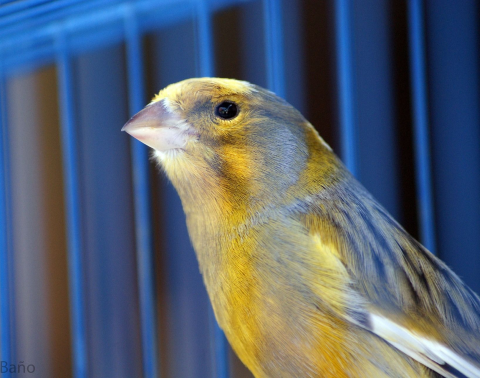
Image Manipulation
So I cropped the image of the bird to close in on its eye (see image). The reflection in the eye was somewhat rectangular. It featured some pink and some blue regions. I zoomed in further in an attempt to recognize the regions. The pink was a tree, the blue was the sky. Then, too, there was a bit of green – grass! However, there was more, a figure.
Surely the figure was human, undoubtedly the photographer. Is it going too far to suggest the gender? Perhaps so. Still, the person was wearing a white shirt or blouse, covered by some kind of jacket. Lastly, I deduced the time of the photograph was probably spring The tree was in full bloom.¹
One Last Endeavor
I decided to brighten the image to see if I could learn more. I believe I succeeded. It looks like the gender of the person was most likely female. The legs portion of the figure were particularly light. Although this could have been trousers, it seems an unlikely color combination, light trousers and a dark jacket. I’m somewhat convinced the figure is that of a female.
Software
All of the above was accomplished using the most basic of computer software. I have sent off the original to a young friend of mine who is desirous of employment in the field of computer graphics. He has specialty software. I look forward to learning what further information he may have gleaned.
Conclusion
So, remember this: when you take a snapshot, it may contain more information that you think – more than you intended to share with others! Reflect on that thought…
¹ It ought to be mentioned that the image the bird actually saw would actually have been the left-right transposition of the image we’ve taken from the reflection.
Note: You might also enjoy How Much Does a Fly Hitting a Train Slow It Down?
References: